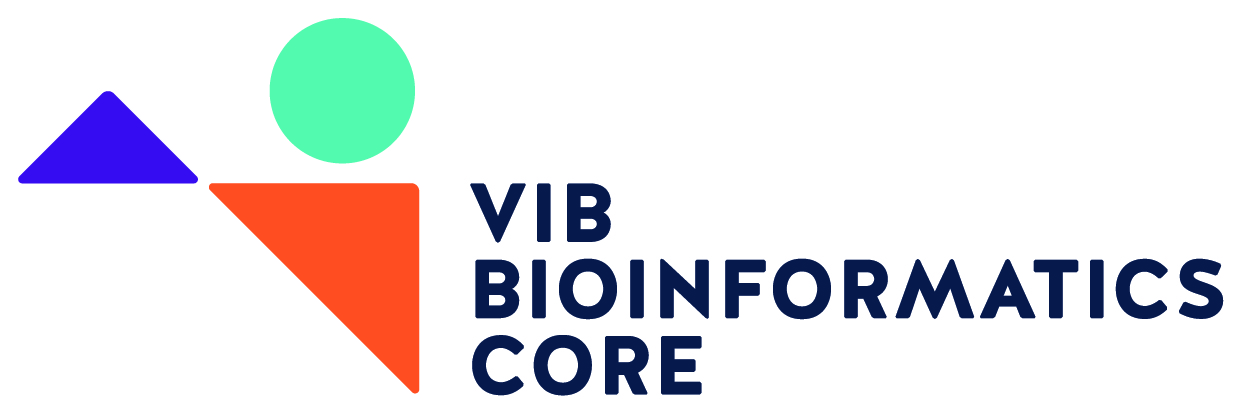 Introduction to Biopython
Introduction to Biopython
Date: 29 - 30 March 2018
Understand what Biopython is and what it can do.
Learn how to get Biopython running.
Learn how to retrieve data records from NCBI.
Learn how to read and write sequence files.
Learn how to run BLAST from Python and read the results.
Learn how to read and write phylogenetic tree files.
Learn how to read and write 3D structure files.
Learn how to use the Biopython documentation, examples, and where to
find help.
Understand what alternatives to Biopython exist and what they can do.
Biopython is the best-known Python library to process biological data.
This training is aimed to empower you to use Biopython to make your research
more efficient.
The first day of the training is to give an overview of Biopython. You
are going to start with your first steps in Biopython on the command line.
Afterwards, you will take a tour of the most important components: sequences,
NCBI queries, BLAST, trees, and 3D structures. You will try each of these
modules on practical examples. Please don't hesitate to ask questions about
Python basics or particular data formats (e.g. XML or NGS data).
The second day of the training is to broaden your perspective: What
other features does the library have? How can you use the documentation
effectively? What is Biopython not capable of?
What can I do to visualize my data? Are there alternatives? If you have
your own data that you would like to work on with Biopython in more detail,
there is room for that.
For me, the most important thing is to identify concrete Python modules
and functions that help you to get your research done.
Participants are encouraged to submit a description of their research
topic and/or the questions they would like to answer with Biopython.
Additionally, participants can bring their own data that they would like to
process in Python to the training.
Venue: BioAccelerator
City: Ghent
Country: Belgium
Postcode: 9052
Organizer: VIB Bioinformatics Core
Activity log

 Belgium
Belgium
